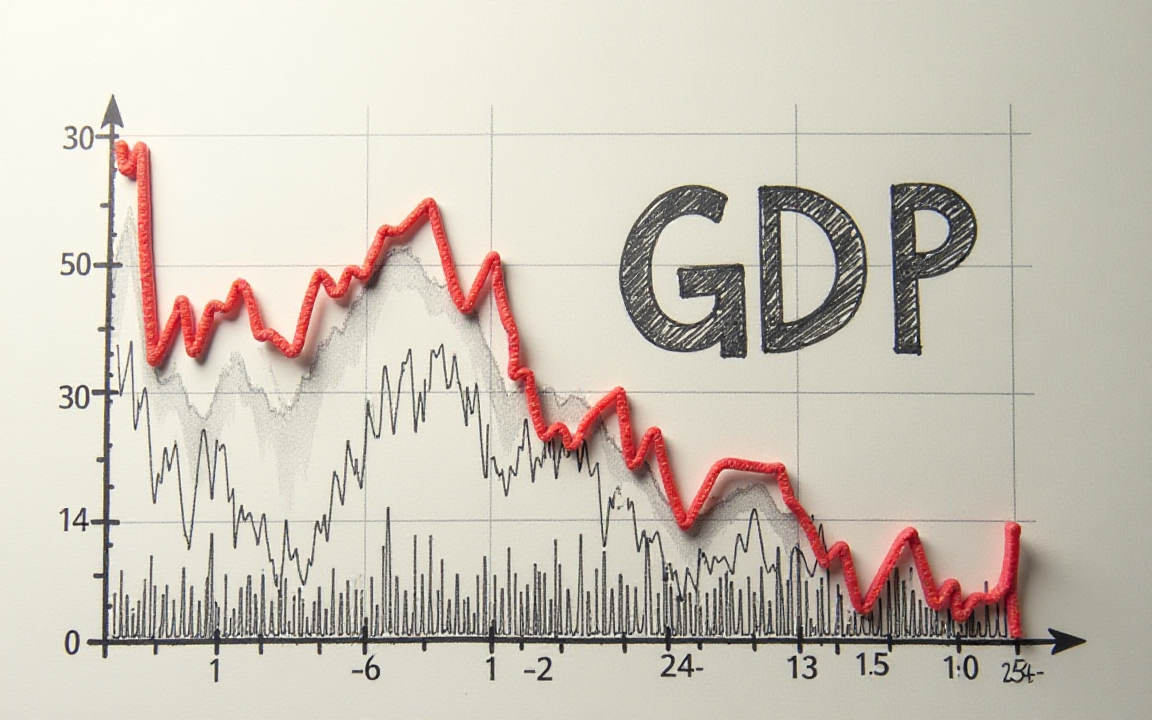UBS expects the US economy to slow significantly in 2025, projecting real GDP growth to fall to around 1%.
In a note to clients issued Tuesday, the bank pointed to a combination of fading fiscal support, elevated interest rates, and persistent inflation as key drivers of the expected deceleration.
“We see a further slowing in US economic growth to ~1% in 2025,” the note stated.
UBS also warned that the unemployment rate will increase to 4.6% by the end of 2025.
The outlook is shaped by emerging signs of weakness in employment data, particularly a softening in private payrolls and a decline in job listings within the services sector.
UBS’s analysis points to several specific factors that could exacerbate the slowdown in the second half of 2025.
First, the ‘fiscal fade’ refers to the expiration or reduction of government support programs that previously bolstered household incomes and corporate balance sheets.
Without this safety net, consumer confidence and spending, the key drivers of US GDP, are likely to weaken.
Tariffs and inflation add to pressure
UBS analysts highlighted the recent spike in tariff rates as a major headwind.
The average effective tariff rate has risen to approximately 16%, up from around 2% in 2024.
These elevated tariffs are expected to weigh on consumer purchasing power and input costs, with the firm forecasting core personal consumption expenditures (PCE) inflation to reach about 3.4% by the end of 2025.
This inflationary pressure, combined with slower wage growth, is projected to hinder real disposable income, which UBS notes is already lagging behind personal consumption expenditures.
In the latest inflation data, core CPI rose 0.2% month on month.
While the “Big Beautiful Bill” is expected to introduce supportive fiscal measures, UBS does not anticipate those benefits materializing until the first half of 2026.
“We see tariff impacts in 2H 2025,” the note said, pointing to a difficult period for households and businesses ahead.
Credit markets signal rising stress
In addition to macroeconomic and inflationary concerns, UBS is also closely monitoring credit markets for signs of strain.
The firm’s proprietary credit-based recession indicator now places the probability of a downturn through the first quarter of 2026 at 47%.
Rising delinquency rates—particularly in student and mortgage loans—are contributing to concerns about the resilience of household finances.
UBS analysts also cited broader signs of stress in both consumer and corporate credit markets.
Despite the weakening outlook, UBS noted that certain offsets may cushion the blow.
Upper-income households continue to exhibit solid spending trends, and increased credit usage may temporarily support consumption.
However, the firm remains defensively positioned in its credit strategy, favoring high-quality assets and consumer non-cyclical sectors due to tighter credit spreads compared to 2022 levels.
UBS’s cautious tone reflects growing concern that the US economy may face multiple headwinds converging in the latter half of 2025.
As inflationary and credit-related pressures mount, the bank advises a risk-aware approach moving forward.
The post UBS predicts further slowing of US economic growth in second half of 2025 appeared first on Invezz

